The NRA National Sporting Arms Museum is nestled in the Bass Pro Shops flagship store in Springfield, MO. After ascending a staircase flanked by railings made of muskets, visitors enter a beautiful space filled with around 1,000 remarkable guns.
Iin no particular order, here are my Top Five Guns of the NRA NSAM:
Teddy Roosevelt’s FN Model 1899
It’s no secret that President Theodore Roosevelt loved guns, shooting and hunting. He owned quite a few in his time. This FN Model 1899 was his “nightstand gun” in the White House.
Tastefully engraved and inlaid with gold accents, the blued pistol is set off by its mother of pearl grips.
The pistol was TR’s constant companion, even when he attended a Harvard reunion in 1905. There, he was told it was illegal for him to carry the pistol in Massachusetts. Undeterred, Roosevelt remarked that he would not be as easy a target as William McKinley had been.
After the President’s death, First Lady Edith Roosevelt taught their grandchildren how to shoot. She did so with this pistol, shooting off the back porch of Sagamore Hill, their Long Island estate.
Milestone Shotguns
The Remington 870 and the Mossberg 500 shotguns are endlessly popular. Each model pump gun has more than 10,000,000 units in production. To celebrate, both companies had a special shotgun made for the milestone.
The Remington 870 has a blued receiver with engraving and gold inlay that touts the milestone achievement in scrolled text. The Mossberg 500 has a brushed silver receiver, also engraved and inlaid with gold lettering, noting the gun’s impressive serial number.
Both guns feature high gloss wood furniture. Very classy.
“Black Jack” Ketchum’s Peacemaker
Outlaw Tom Ketchum had an interesting – and unfortunate – life story.
After a botched train robbery resulted in the conductor getting the best of Tom with a shotgun, he was captured by US Marshals. Mr. Ketchum’s wounded arm was amputated in Colorado. He received the death penalty in New Mexico.
While waiting in prison for his execution, Ketchum ate well and put on some weight. When it came time for him to experience a short drop with a sudden stop, things didn’t go quite as planned.
The executioner didn’t factor in the extra weight or the imbalance caused by Ketchum’s missing arm. As a result, he was decapitated by the noose. Photos were taken of his unfortunate end and sold as postcards.
There’s no postcard in the museum, but Ketchum’s Single Action Army is on display at the museum.
Pedersen’s Secret WWI Weapon
I wrote an earlier piece for TTAG on the Pedersen Device, so I won’t go into detail about its history here.
Basically, it’s a conversion unit that turns the bolt-action M1903 rifle into a semiautomatic configuration firing pistol-caliber cartridges. Production numbers were low. Most examples were destroyed after WWI to prevent the design from falling into enemy hands.
Surviving examples are exceedingly rare. The piece on display at NSAM is from the Remington factory collection.
Girardoni Air Rifle
In an era of single-shot flintlock firearms, the Girardoni (sometimes Girandoni) air rifle stood out from the crowd.
Developed in the late 1700s, the butt of the gun contains a pressurized air canister to propel .46 caliber balls from the rifled barrel — with extreme accuracy. The gun’s magazine holds more than 20 shots and the canister can fire up to 70 rounds before needing to be re-pressurized to approximately 800psi.
The gun’s clear advantages over traditional firearms of the day explain why Meriwether Lewis and William Clark chose the Girardoni as one of the many firearms they took on their expedition into the West.
(All firearms courtesy NRA Museums)
Logan Metesh is a firearms historian and consultant who runs High Caliber History LLC. Click here for a free 3-page download with tips about caring for your antique and collectible firearms.

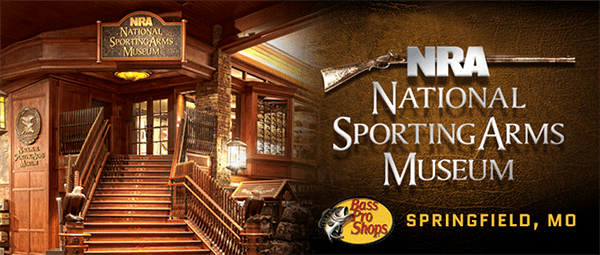
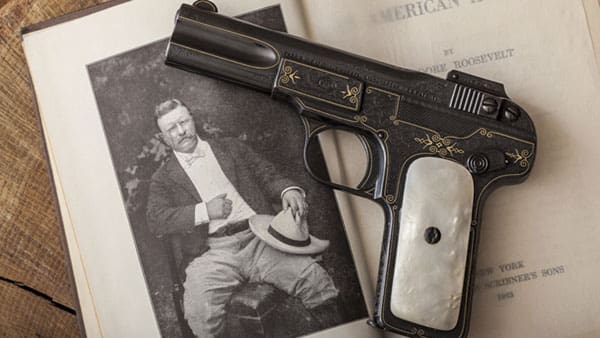
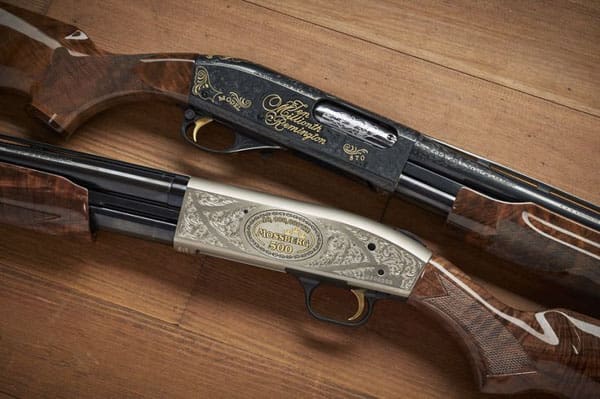
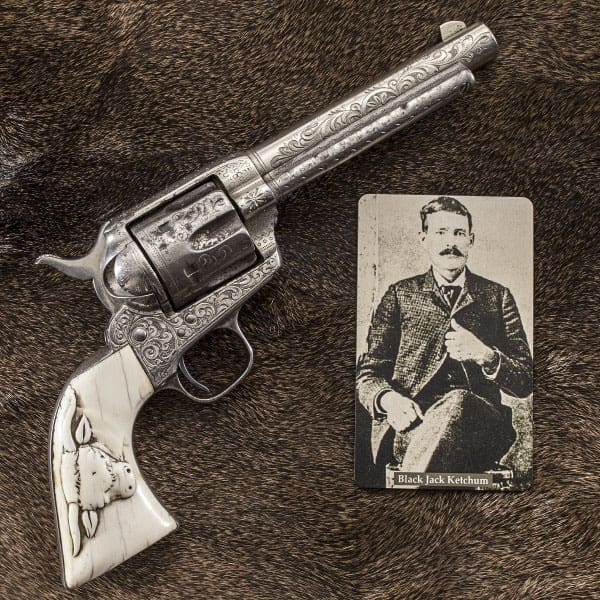
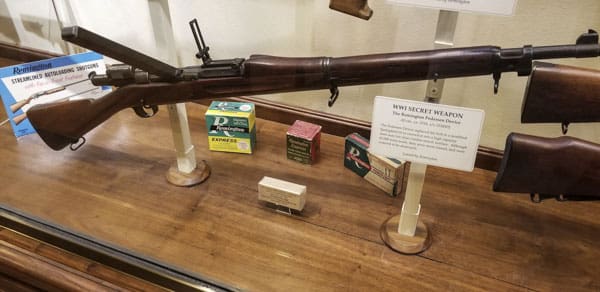




Good choices, that FN is to die for. My goodness, what a beauty. I like the Pederson Device too. Air gun or not, that’s a lotta firepower and a lot older than a lot of libs would like one to believe.
The girardoni was used by the expedition as a firepower demo when they met up with tribes.
For 1805 it was pretty advanced.
The Girandoni was no toy. It was the front-line battle rifle of the Austrian Army from 1779 to 1815 (a length of time unmatched by most American battle rifles) And if you look up the history of Austrian conflict in this period you can surmise it was used in a number of battles. Note also that this period bracketed the formative years of the United States and the creation of the Constitution and the Bill of Rights. In short, there were more advanced arms known to the Founding Fathers than black-powder single-shot muskets.
My brother bought me a Remington Nylon 66 back in the late 60s. They were produced with black, brown, and green stocks. The museum has a not only serial number 10 of that rifle, but a rare, and unknown to me white stock one.
Y’all remember the die-cast cap guns we grew up with? The ones that used the paper strip caps? Ketchum’s revolver sure looks a lot like the cap gun I had as a kid, right down to the engraving and bull’s head grips… anyone know if that theme was very common who did the toy companies back then specifically use his peacemaker as a model?
So why didn’t the Girardoni become the major weapon of its time ? You hear very little about them.
They were expensive and complicated. If you lived on a hardscrabble homestead on the frontier a tried and true musket was probably a better choice.
I think they were too expensive to produce in quantity, and you had to have a dedicated apparatus to recharge it. And they were too finicky to function reliably in a military capacity. At least that’s what I remember from various bits of random reading.
The Girandoni was the front-line battle rifle of the Austrian Army from 1779-1815. Few American battle rifles save the M16-M4 have lasted that long. The rifle’s failing was more due to period technology available to manufacture the high pressure air reservoirs than any other factor.
Girandoni first produced his air rifles for the Austrian army, to be used against Napolean.
Air guns (pre-charged pneumatics, and spring-airs) had been around since at least the late 15th Century.
So, in 1905 as is today, Massachusetts was statist hell hole.
If you have any interest at all in the Girardoni or history….read Ambrose’s book Undaunted Courage….about the Lewis and Clark expedition..every American should read this….talk about real men, these guys were studs. It also really explains the HUGE role that the rifle played in the success of the expedition.
Thanks for that. I couldn’t remember the name of that book. It’s been too many years since I read it.
Time to re-read it.
Seconded on the book.
Teddy sure did have good taste.
Been there, done the museum and got the T Shirt! The Sporting arms museum is wonderful. And they have a great Archery history section there as well. Its a great place to go if you know very little in firearms history. I was a great learning experience.
And the store it self has a theater and a wildlife education center.
Comments are closed.